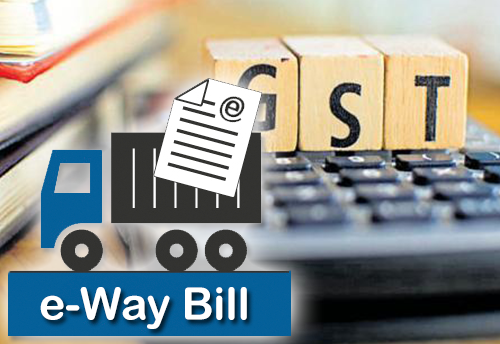In a bid to put a check on GST evasions, the Union Ministry of Finance has introduced certain changes in the e-way bill system.
The newly initiated changes include auto calculation of distance based on PIN codes for generation of e-way bill and jamming generation of multiple bills on one invoice.
Presented as an anti-evasion mechanism, the electronic way or was unveiled on April 1, 2018, for moving goods worth over Rs 50,000 from one state to another. The same mechanism for intra or within the state movement was introduced in a phased manner from April 15.
Keeping the regular complaints of malpractices in e-way bill generation in mind, the revenue department planned to refurbish the system for generation of e-way bill by transporters and business.
The new system would allow the user would to enter the actual distance as per the movement of goods, which will be limited to 10 percent higher than the auto calculated distance displayed, according to the e-way bill portal.
Besides, the Centre has decided to block the generation of multiple e-way bills based on one invoice. This means, if the e-way bill is generated once based on one particular invoice number, then none of the parties — consignor, consignee or transporter — can generate it again with the same invoice number.
The enhanced feature would enable pushing of the validity of the e-way bill when the goods are in transit/movement.
National Informatics Centre (NIC), which developed the e-way bill portal, would also, generate a report for users on the list of e-way bills about to expire.
Elets The Banking and Finance Post Magazine has carved out a niche for itself in the crowded market with exclusive & unique content. Get in-depth insights on trend-setting innovations & transformation in the BFSI sector. Best offers for Print + Digital issues! Subscribe here➔ www.eletsonline.com/subscription/



















